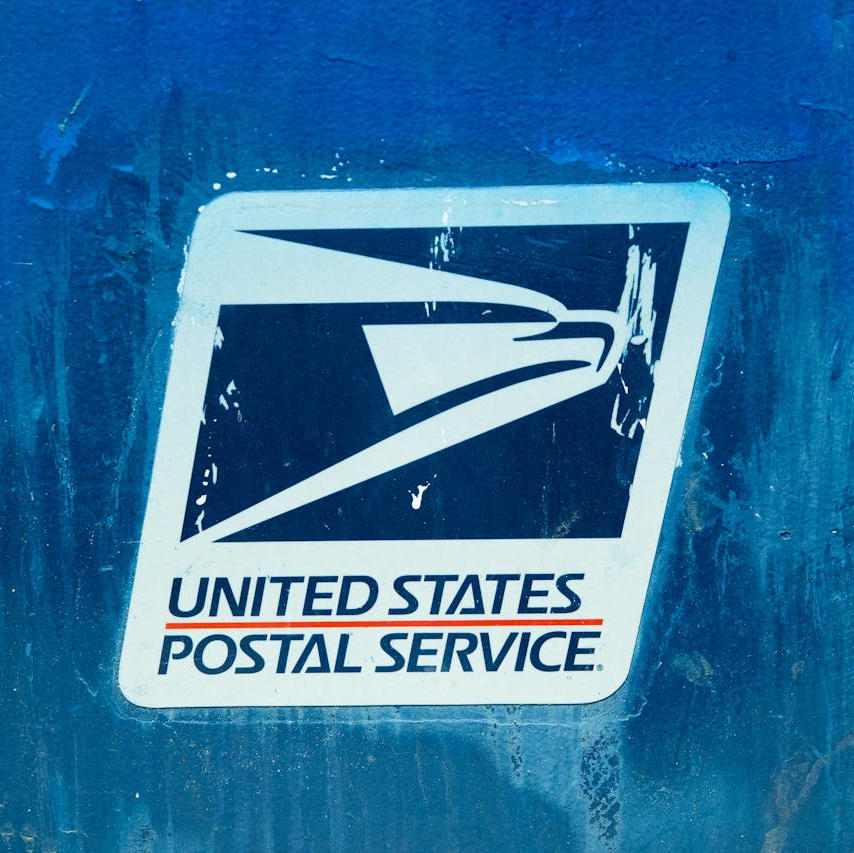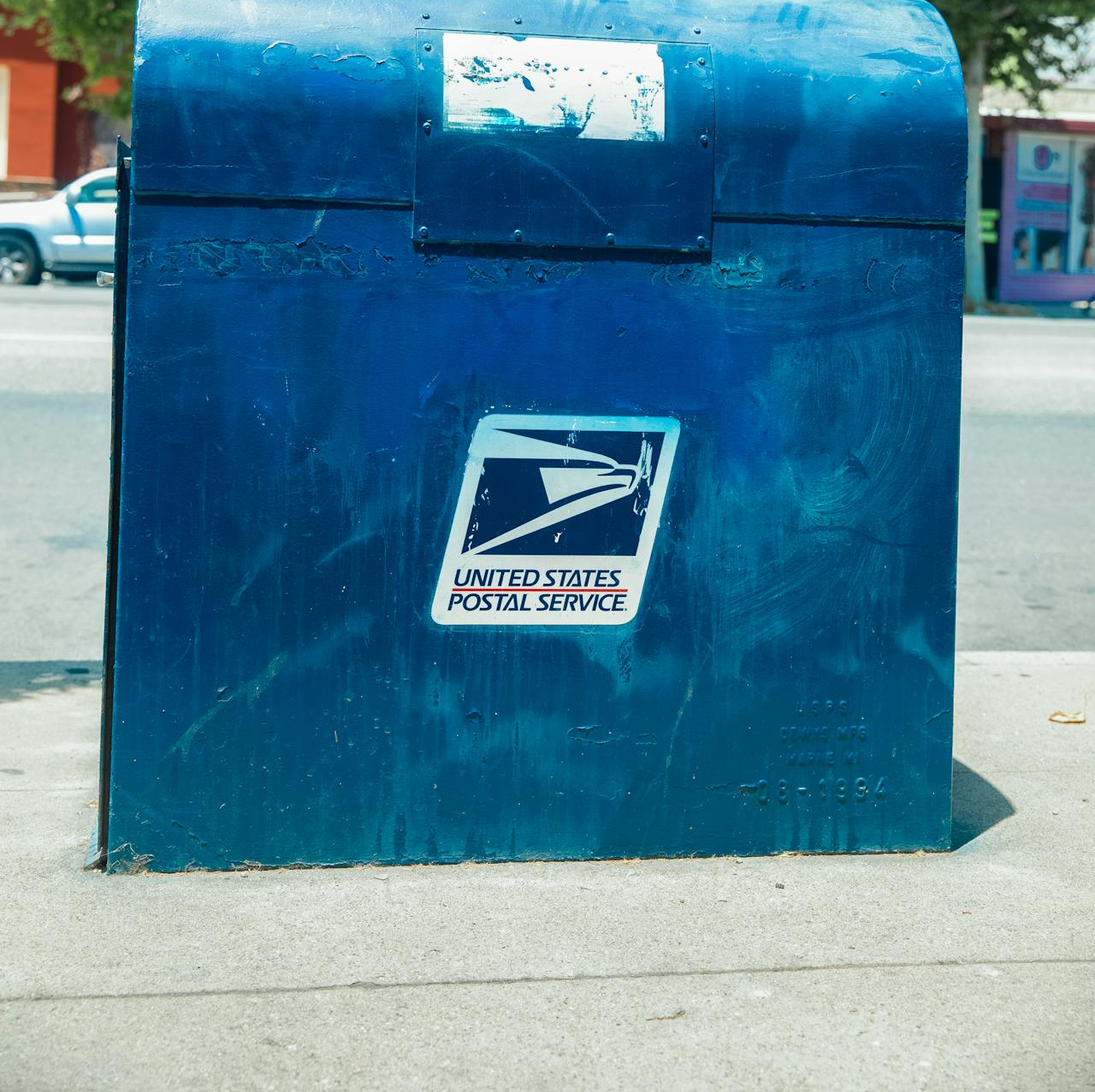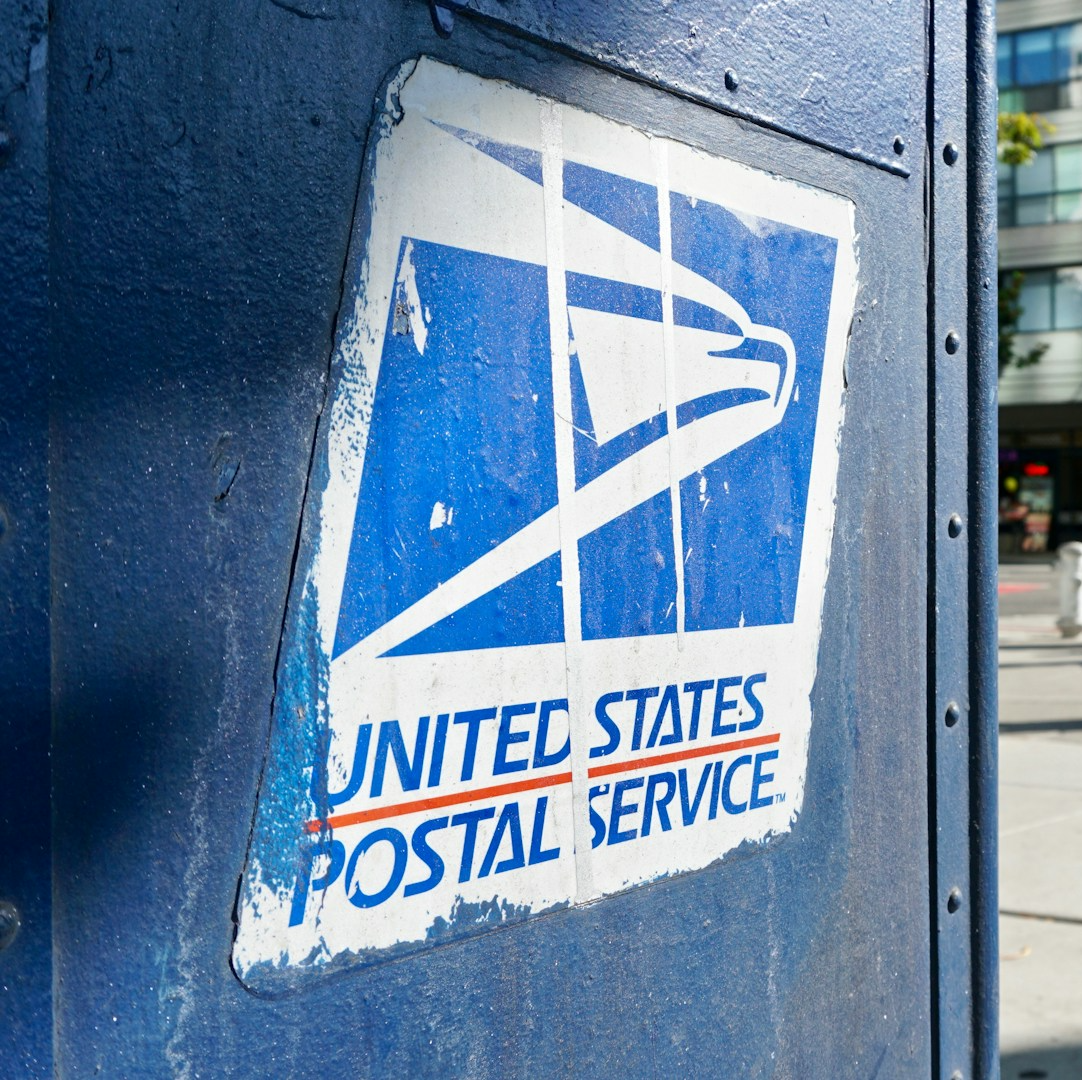Key Takeaways
-
In 2025, the Postal Service Health Benefits (PSHB) program introduces major changes to how prescription drugs are covered, especially for Medicare-eligible annuitants and their family members.
-
If you’re a USPS employee or retiree, understanding the new structure can help you plan ahead and avoid losing essential drug coverage.
How the PSHB Program Works in 2025
The Postal Service Health Benefits (PSHB) Program officially replaces the Federal Employees Health Benefits (FEHB) Program for USPS employees, annuitants, and eligible family members starting January 1, 2025. This transition reshapes how healthcare—and particularly prescription drug coverage—is structured for the USPS community.
You’re now part of a system tailored specifically to USPS, with integrated features that work alongside Medicare if you’re eligible. For most, this results in expanded pharmacy access, lower drug costs, and improved benefits—but only if you meet certain requirements.
Medicare Part D Integration: What You Should Know
One of the biggest changes this year is how the PSHB Program integrates Medicare Part D drug coverage through an Employer Group Waiver Plan (EGWP).
If you’re a Medicare-eligible annuitant or family member:
-
You’re automatically enrolled in Medicare Part D drug coverage via your PSHB plan.
-
This Part D coverage offers a $2,000 annual out-of-pocket cap on prescription drug costs, thanks to new federal rules.
-
Insulin is capped at $35 per month.
-
You’ll likely pay less out-of-pocket for common medications, especially high-cost or maintenance drugs.
You can opt out of this Medicare drug coverage, but doing so means losing drug coverage entirely under the PSHB Program. You can only re-enroll under limited conditions.
Eligibility and Enrollment Rules You Need to Follow
Understanding the enrollment rules is crucial to keeping your prescription drug coverage in place.
You must:
-
Be enrolled in Medicare Part B if you’re required to do so under PSHB rules.
-
Remain enrolled in a PSHB medical plan to keep your Part D prescription coverage.
-
Accept automatic enrollment into the PSHB Medicare drug plan unless you qualify and act to opt out.
Exceptions exist for some groups:
-
Retired on or before January 1, 2025
-
Age 64 or older as of January 1, 2025
-
Residing overseas
-
Covered under Veterans Affairs (VA) or Indian Health Services (IHS)
If you fall under one of these exceptions, you may not be required to enroll in Medicare Part B or Part D.
Changes in Out-of-Pocket Costs for 2025
Prescription drug costs are a major concern, especially in retirement. Fortunately, the PSHB Program in 2025 brings some relief:
-
A $2,000 maximum annual out-of-pocket cap for prescription drugs helps protect you from runaway costs.
-
If you reach this cap, the plan pays 100% of covered prescription drug expenses for the rest of the year.
-
Copayments and coinsurance for many brand-name and specialty drugs are reduced, particularly if you’re also enrolled in Medicare Part B.
-
Many plans waive deductibles and reduce copays for drugs if you have Medicare.
This structure is a major shift from 2024 and earlier, when there was no defined out-of-pocket ceiling under most plans.
Expanded Pharmacy Access Under PSHB
Pharmacy access is broader under PSHB. In 2025, you now have:
-
A larger national network of pharmacies, including many retail chains and mail-order options.
-
More convenient access to 90-day supplies for maintenance drugs.
-
A greater selection of preferred pharmacy partners offering lower copayments.
If you’re eligible for Medicare and enrolled in the PSHB Medicare drug plan, you also gain access to:
-
The Medicare Part D standard network
-
Enhanced mail-order services that often ship refills automatically
-
Specialty pharmacy services for complex medications
Important Dates and Timelines to Remember
Keeping up with deadlines ensures you maintain full drug coverage.
-
The Open Season period ran from November to December 2024, during which you could select a PSHB plan.
-
The Medicare Part B Special Enrollment Period for those affected by the transition ran from April 1 to September 30, 2024.
-
Coverage under the new PSHB Program begins January 1, 2025.
Going forward, any plan changes can typically only be made during Open Season or following a qualifying life event (QLE).
What If You’re Not Enrolled in Medicare?
If you’re under age 65 or otherwise not eligible for Medicare, you’re still covered by your PSHB medical and pharmacy benefits. Here’s what to expect:
-
You continue to receive prescription drug coverage through your PSHB plan.
-
Your plan includes tiered drug formularies, which group medications by cost.
-
Copays and coinsurance may be higher than what Medicare-eligible members pay, especially for name-brand or specialty drugs.
-
There’s no $2,000 cap unless you’re enrolled in the Medicare Part D drug plan under PSHB.
You’ll want to closely monitor when you become Medicare-eligible so you don’t miss enrollment windows that could reduce your drug costs significantly.
Dropping or Opting Out of the Medicare Drug Benefit
While you’re allowed to opt out of the PSHB Medicare drug benefit, it comes with risks:
-
You lose all drug coverage through your PSHB plan.
-
Re-enrollment is only allowed during certain circumstances, like losing other creditable coverage.
-
If you decide to opt out, you’ll need to understand alternative coverage options and how they affect your overall health expenses.
You’re encouraged to think carefully before declining this benefit. In most cases, the built-in coverage offers better value and less risk than going without.
Comparing 2025 With Previous Years
Prescription drug benefits under the old FEHB system in 2024 and earlier were more fragmented:
-
No standard out-of-pocket drug cap.
-
Varying coverage across plans with different drug lists and pharmacy networks.
-
Fewer benefits tied to Medicare Part B or D coordination.
Now, in 2025, under PSHB:
-
The $2,000 cap creates predictability.
-
Medicare coordination reduces your total expenses.
-
Drug formularies are more standardized.
This results in a more equitable and manageable system for most USPS retirees and employees.
Planning Ahead for Your Prescriptions
Your prescription drug needs can change. Here are a few tips to stay ahead:
-
Review your PSHB plan’s formulary list to ensure your medications are covered.
-
Track your year-to-date out-of-pocket expenses to see how close you are to the $2,000 cap.
-
Use mail-order pharmacies for long-term prescriptions to save money.
-
Reassess your healthcare plan during each Open Season to ensure it still fits your needs.
If you’re taking multiple medications, it’s worth speaking with your plan’s pharmacist or customer service for help managing drug interactions and cost-saving strategies.
Why These Changes Matter for USPS Families
Prescription drugs are often the most frequently used part of your health benefits. In the past, inconsistent costs and coverage gaps made budgeting difficult. But in 2025, PSHB aims to stabilize this area of care.
-
For USPS retirees: You now have a predictable drug cost structure, especially if you’re enrolled in Medicare.
-
For USPS employees: You gain clearer timelines for when to prepare for Medicare enrollment and how that affects your drug benefits.
This uniformity reduces confusion and provides peace of mind for you and your family.
Ready to Take the Next Step?
Understanding the 2025 changes under PSHB can help you make smarter choices about your health and finances. Whether you’re currently employed or enjoying retirement, prescription drug coverage is a key part of your plan.
If you need help deciding what’s right for you, speak with a licensed agent listed on this website for professional advice tailored to your situation.












